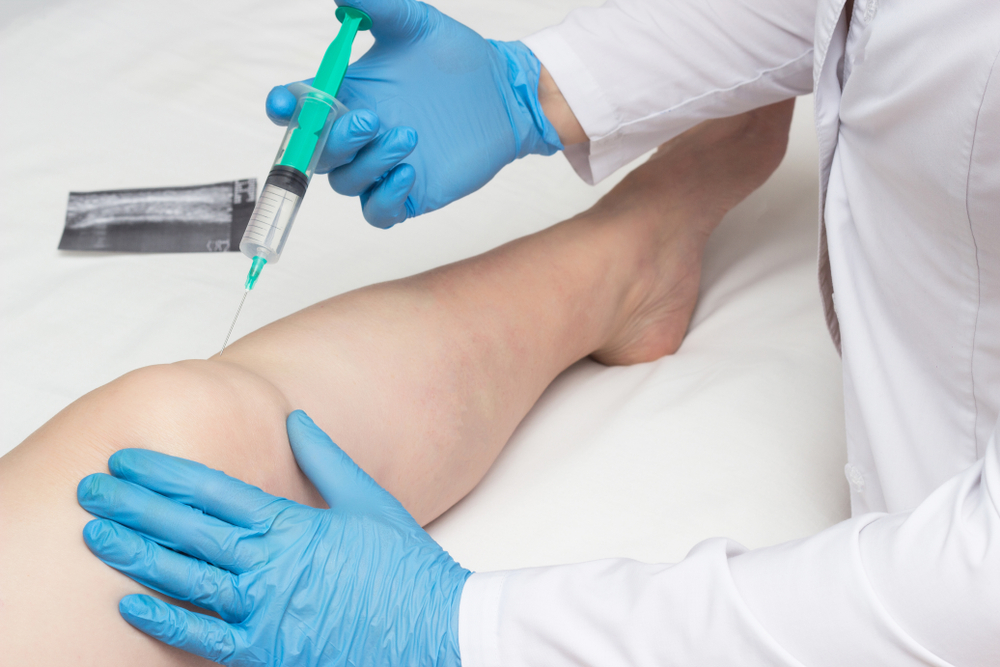Joint injection or aspirations (taking fluid out of a joint) are done in an office or hospital setting, often with a cold spray or other local anesthesia. After thoroughly washing the surface of the tissue, a needle is injected directly into the joint. Either joint fluid (aspirated) can be removed and used for proper laboratory testing at this stage, or steroids can be injected into the joint. The steroid treats the inside of the joint inflammation, resulting in reduced swelling and discomfort.
The knee, shoulder, ankle, elbow, forearm, the thumb base, and small joints of the hands and feet are usually injected. For guidance, the hip joint injection may need the assistance of ultrasound or X-ray called fluoroscopy. With the help of ultrasound, those small joints can also be aspirated or injected more easily.


